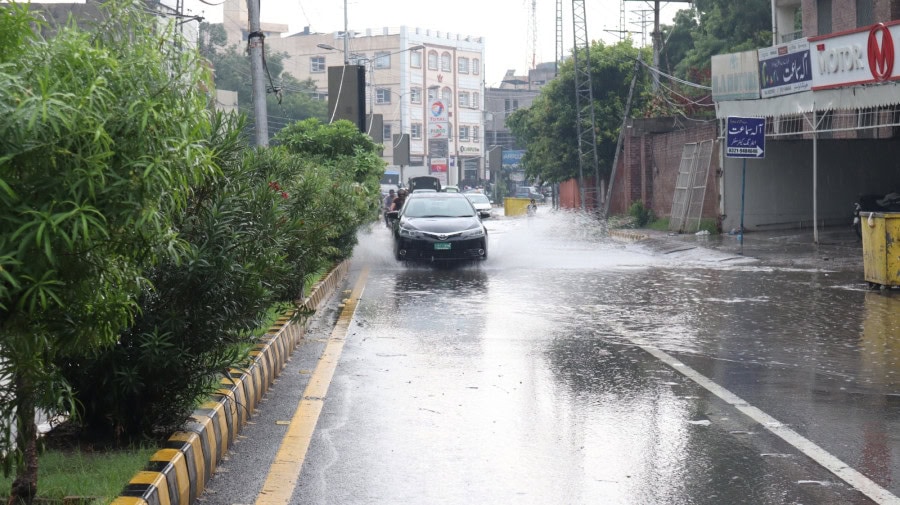ISLAMABAD – Near-normal rains, above-normal temperatures are expected in Pakistan during January 2025.
As per the Pakistan Meteorological Department (PMD), the negative phase of climate indicator like El Niño Southern Oscillation (ENSO) is expected to persist. Indian Ocean Dipole (IOD) is returning to neutral from negative phase.
Due to the impact of this transition on regional circulation patterns, overall near-normal rains are expected across Pakistan during January 2025.
A tendency for slightly above normal rains are expected in central Khyber Pakhtunkhwa along with north and east Punjab. However, the southern parts of the country, are expected to receive near normal rainfall.
Mean temperatures are expected to remain above normal nationwide, with maximum departure over Kashmir and adjoining areas of Gilgit Baltistan, Khyber Pakhtunkhwa.
Impacts:
Agriculture: Normal to above-normal rainfall in most parts of the country may support Rabi crops growth, especially in rain-fed zones. However, near normal to slightly below normal rainfall with above normal day time temperature in southern parts (Sindh, Balochistan, and southern Punjab) may not significantly improve soil moisture levels and soil moisture stress is expected in these areas, which may affect crop growth during the period.
In addition, above-normal temperatures could accelerate crop development, potentially leading to early maturing especially in lower parts. This might reduce grain filling stages for early sowing areas of wheat and barley that may have negative impact on yields.
Slightly above-normal rainfall in upper parts could alleviate soil moisture deficits, improving conditions for crop establishment and growth. Near-normal to below-normal rainfall in southern parts may produce soil moisture stress in areas with already existing water stress.
Higher-than-normal temperatures will reduce the risk of frost, which could be beneficial for present vegetative stages for Rabi crops.
Transportation: Warmer-than-normal temperatures may reduce fog intensity. However, cooling on clear nights could still lead to fog in the plains of Punjab, Khyber Pakhtunkhwa, and adjacent areas.
Reduced fog frequency and duration could benefit road and air transportation, though periods of low visibility in the mornings may still disrupt traffic.
Water Resources: Above-normal rainfall in upper areas may help replenish reservoirs, improving water availability for irrigation and domestic use. Near-normal rainfall in the south may not contribute significantly to reservoir inflows, necessitating close monitoring of water levels.
Improved rainfall in the upper parts of the country is likely to enhance water availability for agriculture, reducing the reliance on stored water sources.
Energy Sector: Slightly above-normal rainfall in northern areas could enhance reservoir inflows, supporting hydropower generation. However, elevated temperatures may increase electricity demand, straining energy resources, particularly in regions dependent on hydropower.










